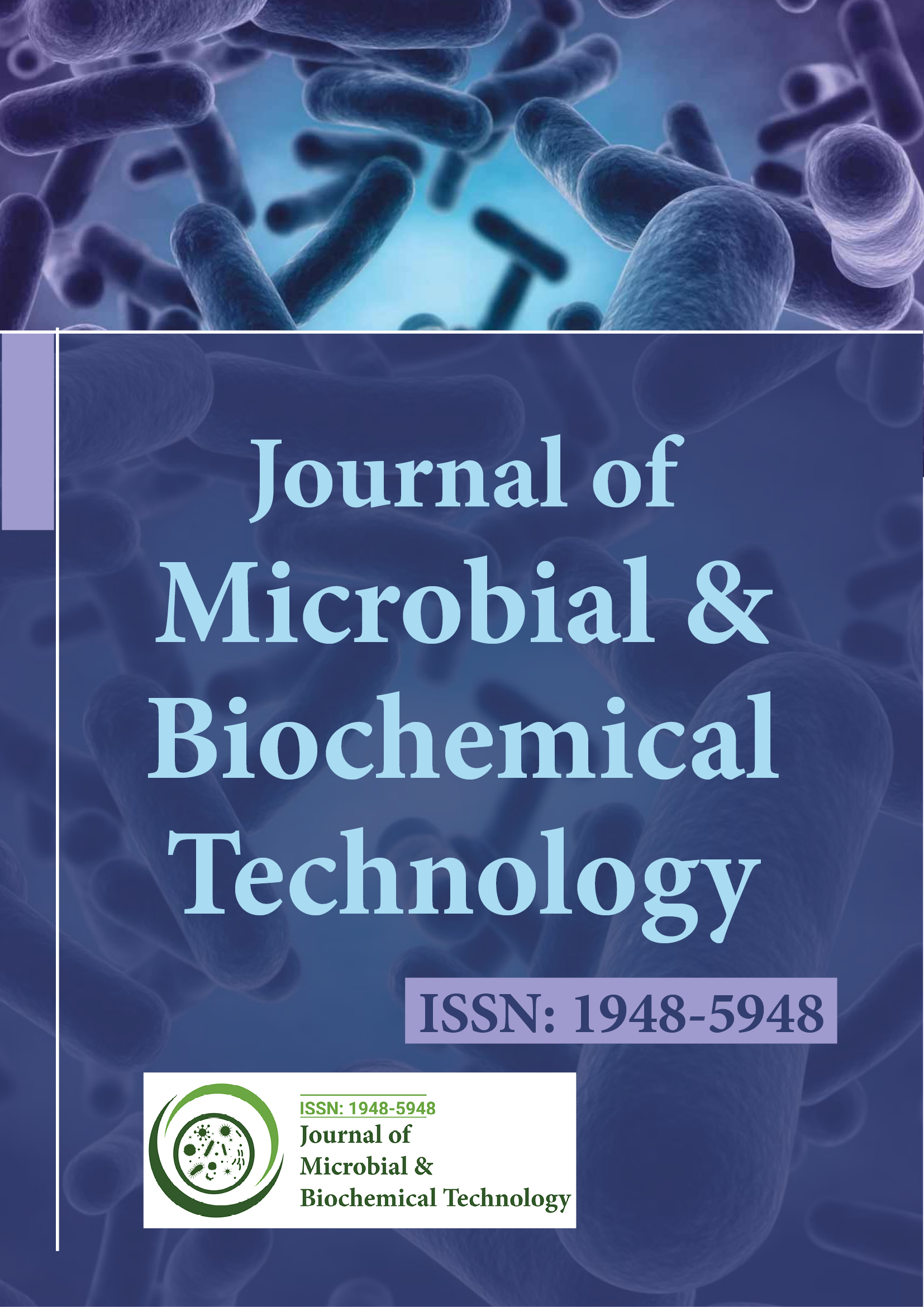Indexado em
- Banco de Dados de Periódicos Acadêmicos
- Genamics JournalSeek
- Chaves Acadêmicas
- JournalTOCs
- Infraestrutura Nacional de Conhecimento da China (CNKI)
- Scimago
- Acesso à pesquisa on-line global em agricultura (AGORA)
- Biblioteca de periódicos eletrônicos
- RefSeek
- Diretório de Indexação de Periódicos de Pesquisa (DRJI)
- Universidade de Hamdard
- EBSCO AZ
- OCLC- WorldCat
- Catálogo online SWB
- Biblioteca Virtual de Biologia (vifabio)
- publons
- MIAR
- Comissão de Bolsas Universitárias
- Fundação de Genebra para Educação e Pesquisa Médica
- Euro Pub
- Google Scholar
Links Úteis
Compartilhe esta página
Folheto de jornal

Periódicos de Acesso Aberto
- Agro e Aquicultura
- Alimentos e Nutrição
- Bioinformática e Biologia de Sistemas
- Bioquímica
- Ciência de materiais
- Ciencias ambientais
- Ciências Clínicas
- Ciências Farmacêuticas
- Ciências gerais
- Ciências Médicas
- Cuidados de enfermagem e saúde
- Engenharia
- Genética e Biologia Molecular
- Gestão de negócios
- Imunologia e Microbiologia
- Neurociência e Psicologia
- Química
Abstrato
Extracção de RNA da Levedura Candida parapsilosis Sensu Stricto Utilizando Dois Métodos Comerciais Baseados na Purificação por Colunas de Sílica
Rodríguez ML, Rosa AC e Jewtuchowicz VM
É necessário obter RNA de boa qualidade para estudar a expressão génica. Foram descritos diferentes métodos de extração de RNA, mas a qualidade e o rendimento do RNA podem variar entre as diferentes técnicas e espécies de estudo biológico. Até à data, não existe um método padronizado para a extracção e purificação de RNA de leveduras do género Candida . Os poucos artigos disponíveis sobre o assunto aplicam-se principalmente a fungos filamentosos e têm produzido maus resultados para técnicas de extracção baseadas em métodos manuais ou internos de DIV. O objectivo deste estudo foi, assim, comparar dois sistemas comerciais de extracção e purificação de RNA utilizando colunas de sílica (Qiagen e Zymo Research) tendo como organismo modelo a Candida parapsilosis sensu stricto. Esta levedura foi identificada em artigos recentes como a segunda espécie de Candida mais frequentemente isolada na cavidade oral. Na última década, tem sido alvo de crescente interesse médico por ser uma das principais causas de candidémia tanto em adultos como em recém-nascidos prematuros. Perante este contexto, consideramos prioritário o estudo do transcriptoma da Candida parapsilosis sensu stricto e das suas variações de acordo com as alterações ambientais. Neste estudo experimental, 19 isolados de fungos foram processados utilizando o Qiagen e 17 isolados utilizando o Zymo Research. Os resultados sugerem que o tampão de lise RLT da Qiagen é essencial para a obtenção de produtos de RNA de melhor qualidade.